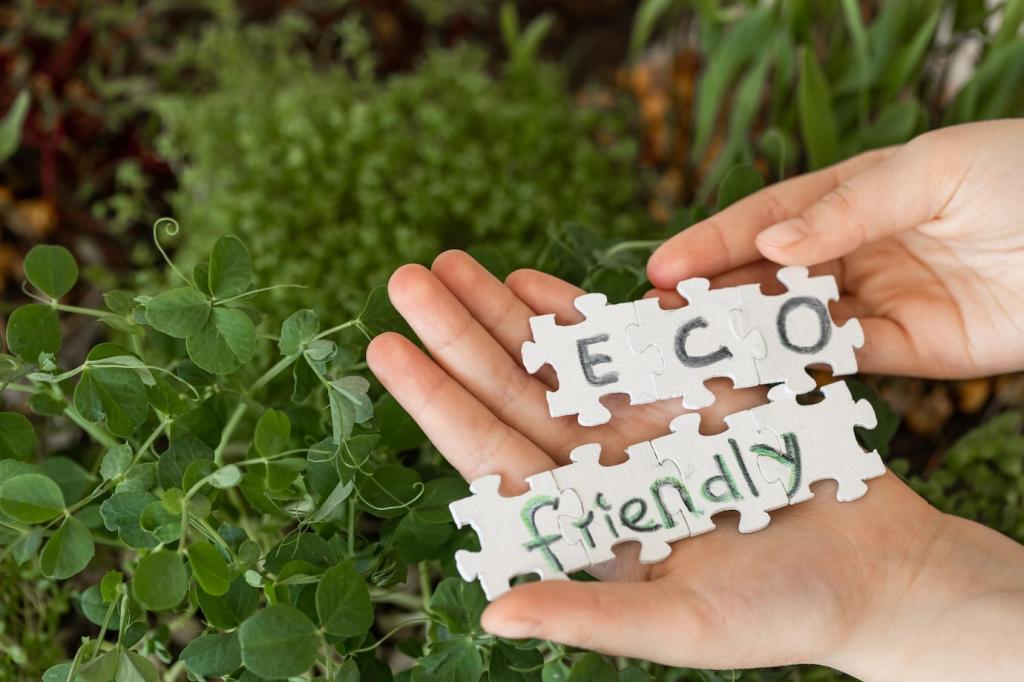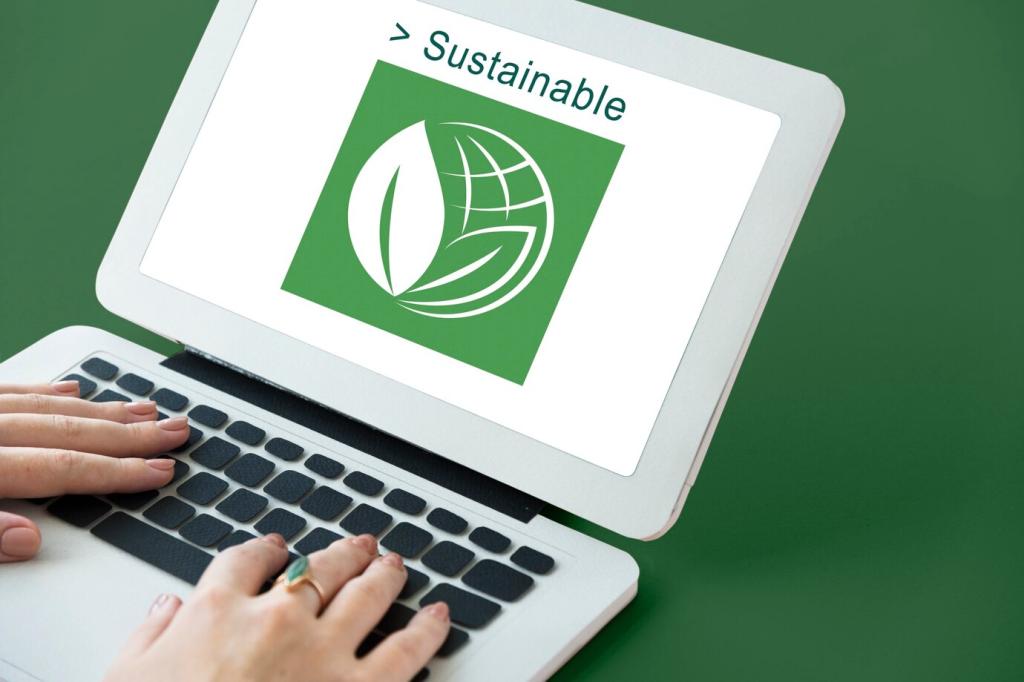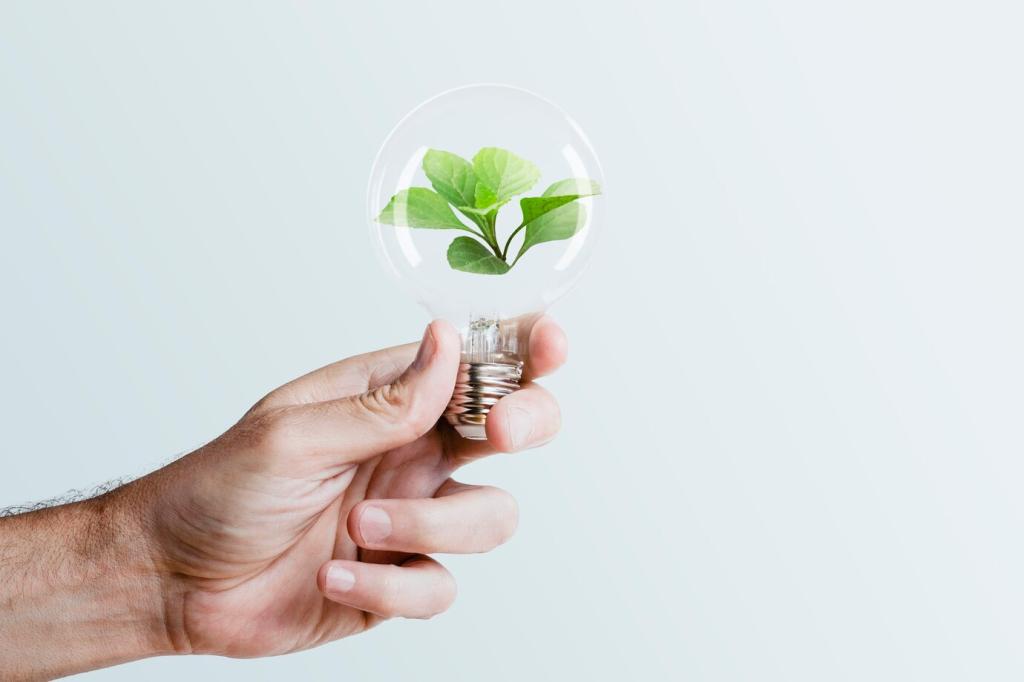Unlocking the Energy Efficiency of Green Roof Systems
How Green Roofs Save Energy: The Core Mechanisms
Plants release moisture that absorbs heat as it evaporates, lowering rooftop surface temperatures and reducing cooling demand below. On hot afternoons, this living process helps flatten indoor temperature spikes, easing strain on chillers and keeping occupants comfortable without energy-hungry peaks.

Design Choices That Drive Performance
Growing Medium Depth and Moisture Dynamics
Deeper substrates store more water for evapotranspiration and provide greater thermal mass. However, excess depth can add structural load. Finding the sweet spot for climate, roof capacity, and performance goals is essential to achieve reliable energy savings and manageable maintenance.

Evidence and Measurement: Proving the Savings
Thermistors, infrared spot checks, and heat-flux plates reveal how much heat is blocked before it reaches the interior. By correlating data with weather conditions, teams see the green roof’s cooling footprint and identify opportunities to improve irrigation or plant coverage.
Pair measured rooftop temperatures with building energy models to calibrate assumptions and refine predicted savings. This approach reduces uncertainty, supports better lifecycle cost analyses, and informs system sizing decisions—especially valuable when right-sizing chillers or evaluating demand-response strategies.
One facilities manager reported indoor temperatures stayed remarkably stable during a heat wave after installing a green roof. Their afternoon cooling demand flattened noticeably, cutting peak electricity charges and keeping meeting rooms comfortable without extra portable units humming loudly.

Economics and Lifecycle Value
Operational Savings and Peak Demand Reductions
Green roofs lower summer cooling energy and can reduce peak electrical demand, trimming utility bills and demand charges. Stabilized indoor temperatures also enhance comfort, which can support productivity benefits that, while hard to quantify, matter to owners and occupants.
Membrane Longevity and Deferred Replacement
Vegetation shields membranes from ultraviolet radiation and thermal cycling, extending roof life. Longer replacement intervals reduce embodied carbon and capital outlays, boosting total lifecycle value beyond energy savings alone and strengthening the business case for green roof upgrades.
Stacked Benefits and Incentives
Energy efficiency combines with stormwater management, biodiversity, and heat-island mitigation to unlock incentives and grants. These stacked benefits shorten payback periods and help projects meet sustainability certifications, making green roofs a strategic investment rather than a luxury upgrade.
Climate, Building Type, and Context
In warm, humid or subtropical climates, green roofs shine by reducing cooling loads during long, hot seasons. They also make rooftop spaces more usable, extending the building’s amenity value while cutting peak power demands that strain local grids during heat waves.


